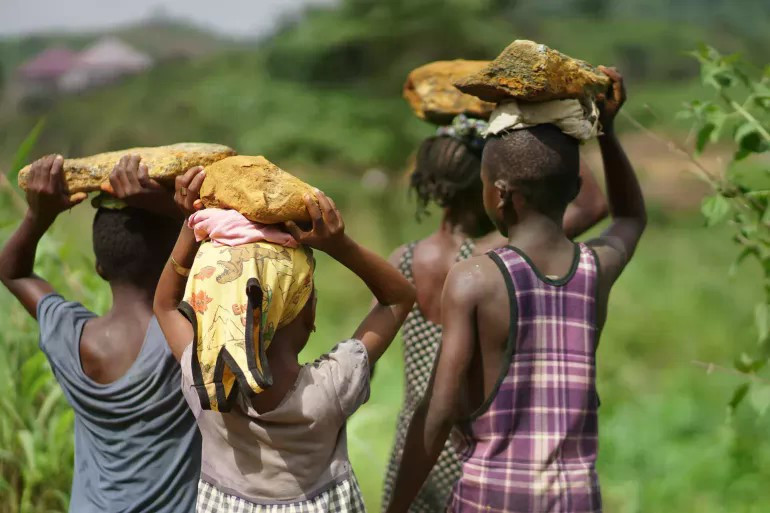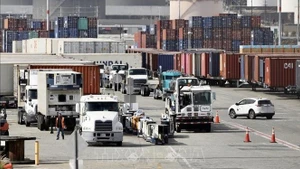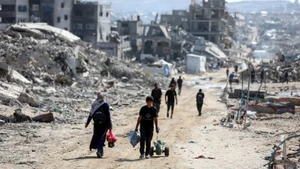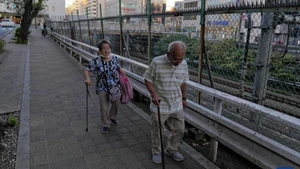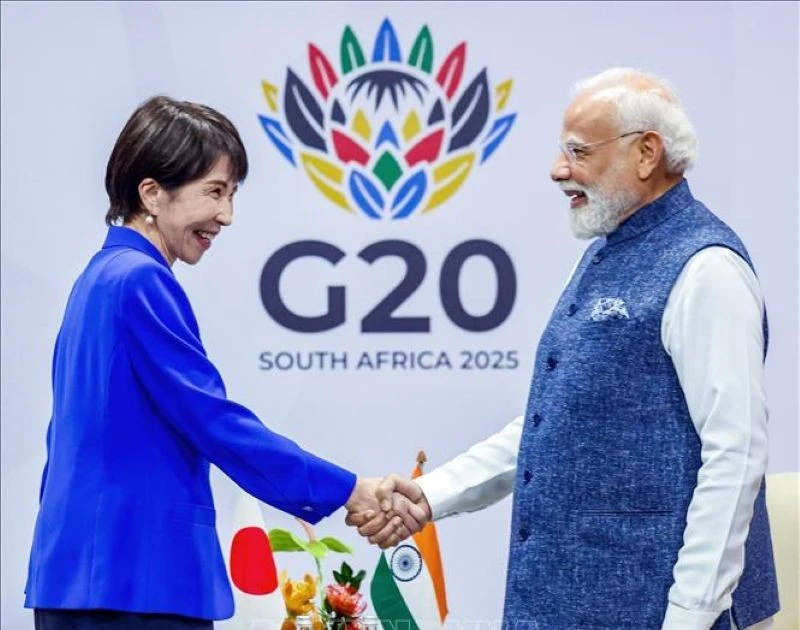Six-year-old Juliet Samaniya spends her days in Nigerian mines, chipping away at lithium-rich rock. Alongside other children, Juliet toils for hours in unsafe, hazardous conditions, earning less than one US dollar a day.
As demand surges for lithium—a vital component in batteries for electronic devices and electric vehicles—illegal mining operations in Nigeria have proliferated. Tragically, many of these mines rely on a workforce of children.
Juliet represents just one of approximately 138 million children aged between 5 and 17 globally who are deprived of a proper childhood in their struggle to survive.
Even more alarmingly, 54 million of these children are engaged in hazardous work practices that directly endanger their physical and mental well-being. The majority are denied access to education, healthcare, and even their most basic rights.
These statistics reflect a grim truth: millions of children are still denied the right to learn, to play, and simply to be children.
The world has made significant progress in reducing the number of children forced into labour. Yet far too many children continue to toil in mines, factories or fields, often doing hazardous work to survive.
Though global progress has been made—child labour figures have dropped from 246 million in 2000 to 138 million today—much remains to be done.
UNICEF Executive Director Catherine Russell emphasises that millions of children still work in mines, factories, or fields just to survive - a number roughly double the population of France.
The Asia-Pacific region has seen the most notable decline, with child labour rates falling from 5.6% in 2020 to 3.1%.
By contrast, sub-Saharan Africa bears the heaviest burden, accounting for nearly two-thirds of all children in child labour – around 87 million.
These figures are more than statistics; they serve as a call to action. The United Nations points out that Africa, home to one of the world’s youngest and fastest-growing populations, holds enormous developmental potential.
By 2030, roughly half of all new entrants to the global labour force are expected to come from this continent.
Education remains the key to breaking the cycle of poverty. If this future generation is not nurtured properly, the quality of Africa’s workforce will stagnate, perpetuating a vicious cycle of illiteracy and poverty across generations.
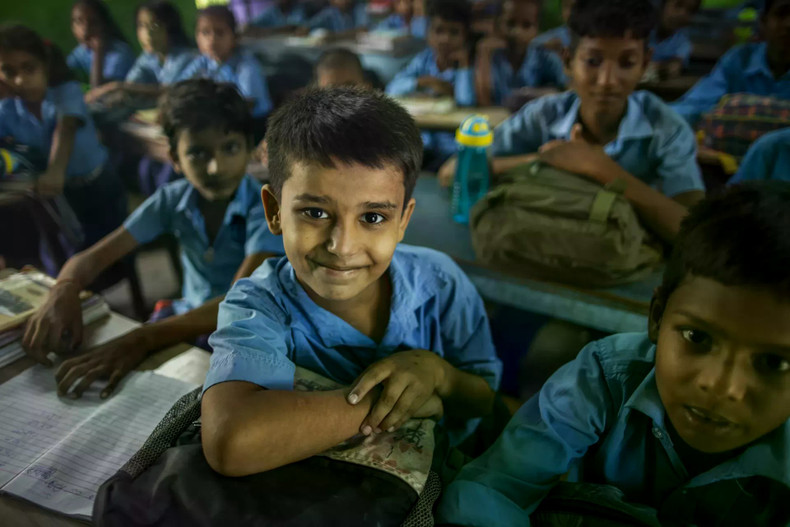
UN Secretary-General António Guterres has rightly labelled child labour an “enemy of progress.”
In 2015, the UN set a goal to eliminate all forms of child labour by 2025. Yet, according to the latest report by UNICEF and the International Labour Organization (ILO), the world remains far from achieving this target.
Experts caution that, at the current rate of progress, it could take centuries to fully eradicate child labour.
Poverty, lack of access to education, conflict, and climate change are the principal drivers forcing children into work. The ILO notes that conflict hotspots are expanding, while rising global temperatures result in extreme weather - storms, floods, and droughts - that displace millions and push families to the brink of hunger and displacement.
In such circumstances, many children are compelled to drop out of school and enter harsh labour conditions.
To confront the root causes of this crisis, UNICEF and the ILO are urging governments to create educational opportunities for all children, secure livelihoods for vulnerable families, and end all forms of child exploitation.
These interventions are seen as critical tools in reversing the current trend, to finally break the cycle of poverty and child labour.
